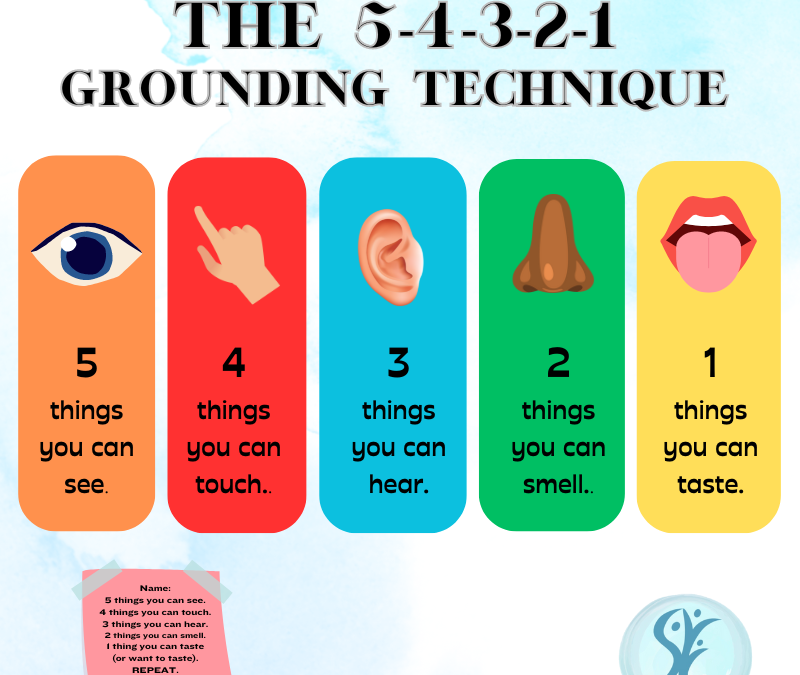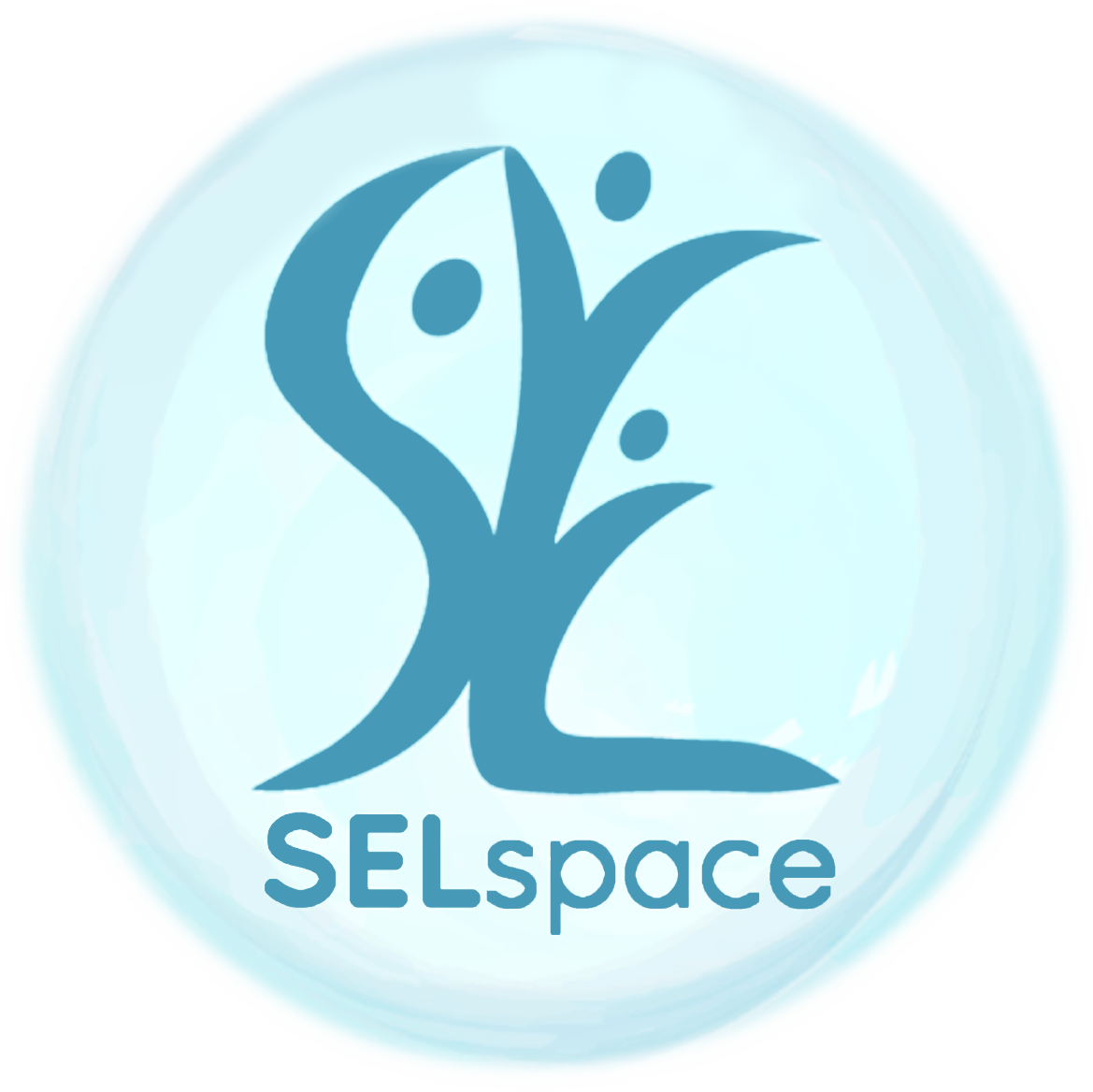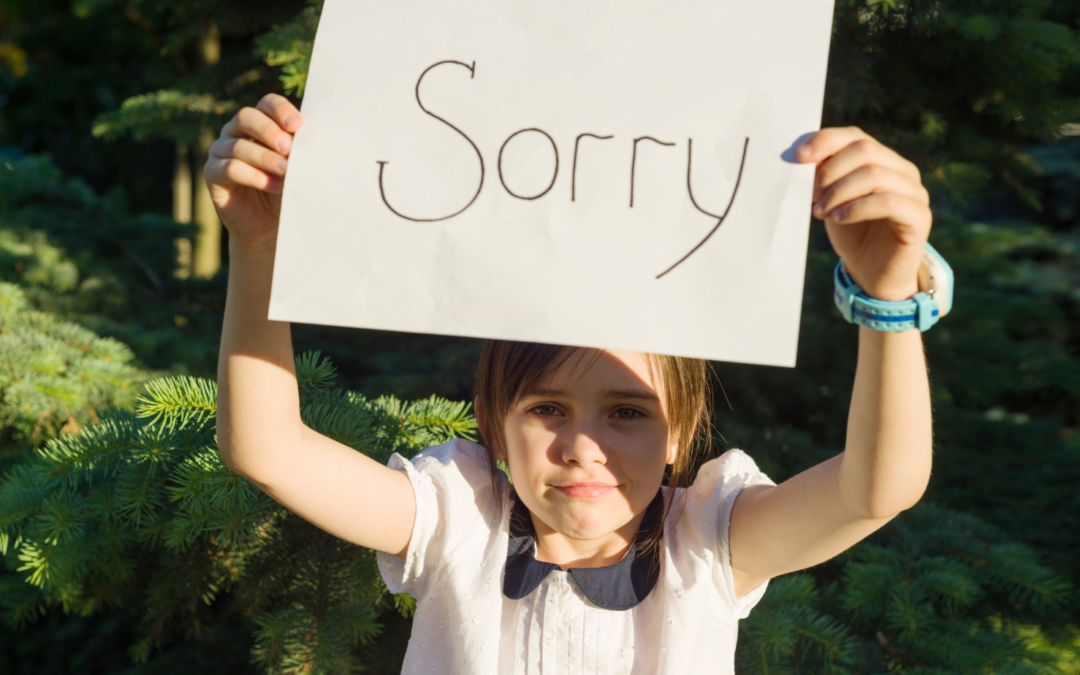In today’s interconnected world, armed conflicts cast a shadow over our collective consciousness. Amidst these turbulent times, the classroom emerges as a beacon of hope and stability for students grappling with the complexities of global unrest. Social and Emotional Learning (SEL) becomes not just an educational tool but a lifeline, providing students with the emotional resilience and coping skills needed to navigate uncertainty. By prioritizing SEL, educators create a safe haven where students can process their emotions, cultivate empathy, and develop the critical skills necessary to contribute positively to a world in turmoil. Here are 5 +1 practical strategies for integrating SEL into the classroom, empowering students to thrive amidst adversity.
- Creating Safe Spaces for Expression: Establishing an environment where students feel safe to express their emotions fosters trust and strengthens classroom bonds. By actively listening to their concerns and validating their feelings, educators can provide much-needed support and reassurance.
- Promoting Self-Regulation: Promoting self-regulation takes on heightened importance amidst uncertainty and upheaval. By teaching students to manage stress and regulate their emotions, educators provide them with essential tools for coping with anxiety and maintaining focus amidst adversity. Incorporating mindfulness exercises, deep breathing techniques, or journaling into the curriculum equips students with strategies to navigate the emotional rollercoaster of global conflict with resilience and grace.
- Fostering a Sense of Belonging: In this context, fostering a sense of belonging within the classroom community takes on added significance. By celebrating diversity and affirming the value of every student’s voice, educators create an inclusive environment where students feel seen, heard, and supported. This sense of belonging not only strengthens interpersonal connections but also bolsters resilience, providing students with a solid foundation from which to navigate the challenges they face.
- Teaching Conflict Resolution Skills: Equipping students with practical strategies for resolving conflicts peacefully empowers them to navigate disagreements constructively, both in the classroom and beyond. From active listening and communication techniques to negotiation and compromise, these skills foster a culture of empathy, understanding, and cooperation—a stark contrast to the discord prevalent in conflict zones.
- Highlighting Acts of Kindness and Resilience: Amidst the chaos of conflict, stories of kindness and resilience shine like beacons of hope. Sharing narratives of individuals and communities who rise above adversity inspires students and reinforces the power of compassion and solidarity. These stories serve as reminders that even in the darkest times, acts of kindness and resilience can spark positive change.
- Providing Resources for Support: Ensuring students are aware of resources available for mental health support and counseling is essential. By normalizing seeking help and encouraging students to reach out when needed, educators create a safety net of support for those struggling emotionally. Seeking professional mental health support as required ensures that students have access to the help they need to navigate difficult times successfully.
In the face of global conflict, Social and Emotional Learning emerges as a crucial component of education, providing students with the tools they need to thrive amidst adversity. Through SEL, educators empower students to navigate the complexities of the world with resilience and compassion. We can’t control the uncertainty in the world, but we can impact how students respond to it.
What have you found works well for you?

5-4-3-2-1, Ground Down
5-4-3-2-1, blast off! No, not this time. Quite the opposite. 5-4-3-2-1, ground down. 5-4-3-2-1 is a recentering or...







